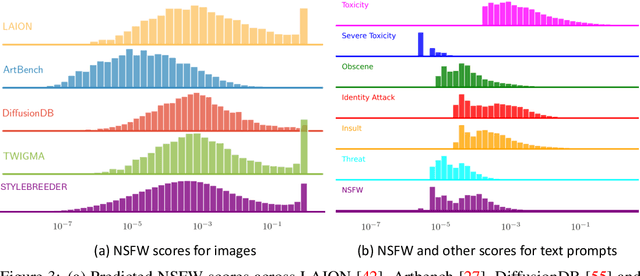Joel Simon
Stylebreeder: Exploring and Democratizing Artistic Styles through Text-to-Image Models
Jun 20, 2024



Abstract:Text-to-image models are becoming increasingly popular, revolutionizing the landscape of digital art creation by enabling highly detailed and creative visual content generation. These models have been widely employed across various domains, particularly in art generation, where they facilitate a broad spectrum of creative expression and democratize access to artistic creation. In this paper, we introduce \texttt{STYLEBREEDER}, a comprehensive dataset of 6.8M images and 1.8M prompts generated by 95K users on Artbreeder, a platform that has emerged as a significant hub for creative exploration with over 13M users. We introduce a series of tasks with this dataset aimed at identifying diverse artistic styles, generating personalized content, and recommending styles based on user interests. By documenting unique, user-generated styles that transcend conventional categories like 'cyberpunk' or 'Picasso,' we explore the potential for unique, crowd-sourced styles that could provide deep insights into the collective creative psyche of users worldwide. We also evaluate different personalization methods to enhance artistic expression and introduce a style atlas, making these models available in LoRA format for public use. Our research demonstrates the potential of text-to-image diffusion models to uncover and promote unique artistic expressions, further democratizing AI in art and fostering a more diverse and inclusive artistic community. The dataset, code and models are available at https://stylebreeder.github.io under a Public Domain (CC0) license.
The power of pictures: using ML assisted image generation to engage the crowd in complex socioscientific problems
Oct 15, 2020
Abstract:Human-computer image generation using Generative Adversarial Networks (GANs) is becoming a well-established methodology for casual entertainment and open artistic exploration. Here, we take the interaction a step further by weaving in carefully structured design elements to transform the activity of ML-assisted imaged generation into a catalyst for large-scale popular dialogue on complex socioscientific problems such as the United Nations Sustainable Development Goals (SDGs) and as a gateway for public participation in research.
 Add to Chrome
Add to Chrome Add to Firefox
Add to Firefox Add to Edge
Add to Edge